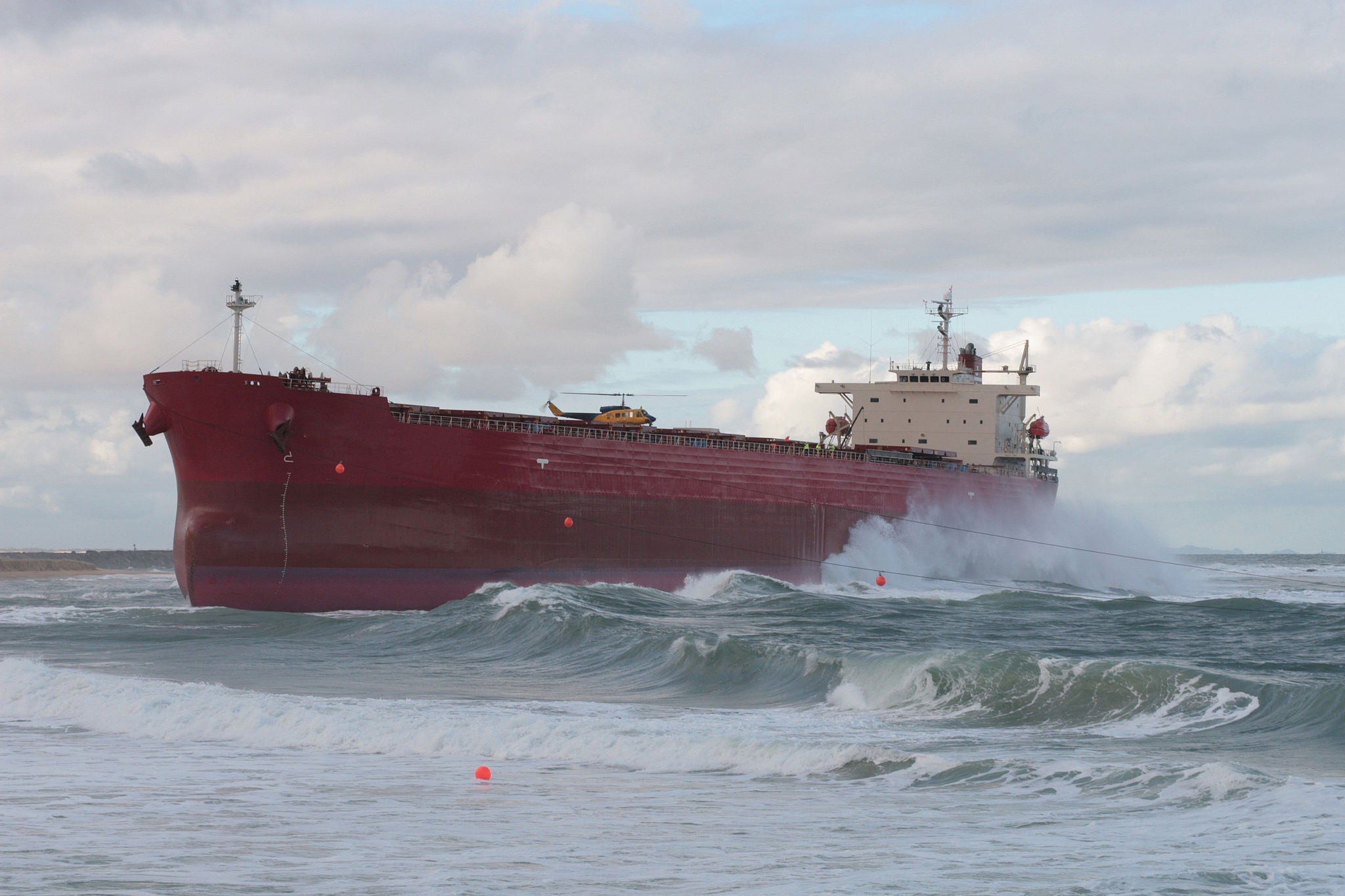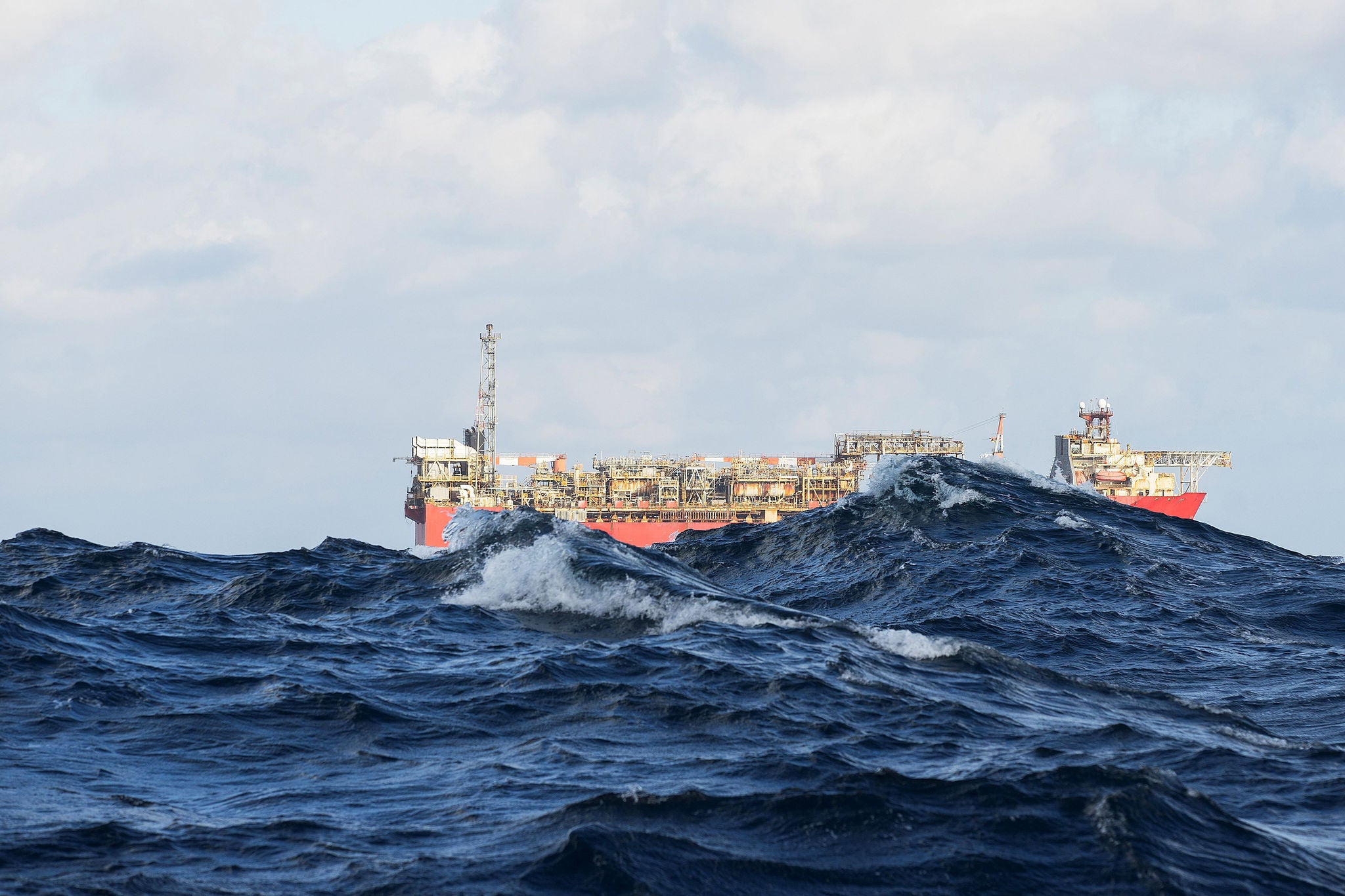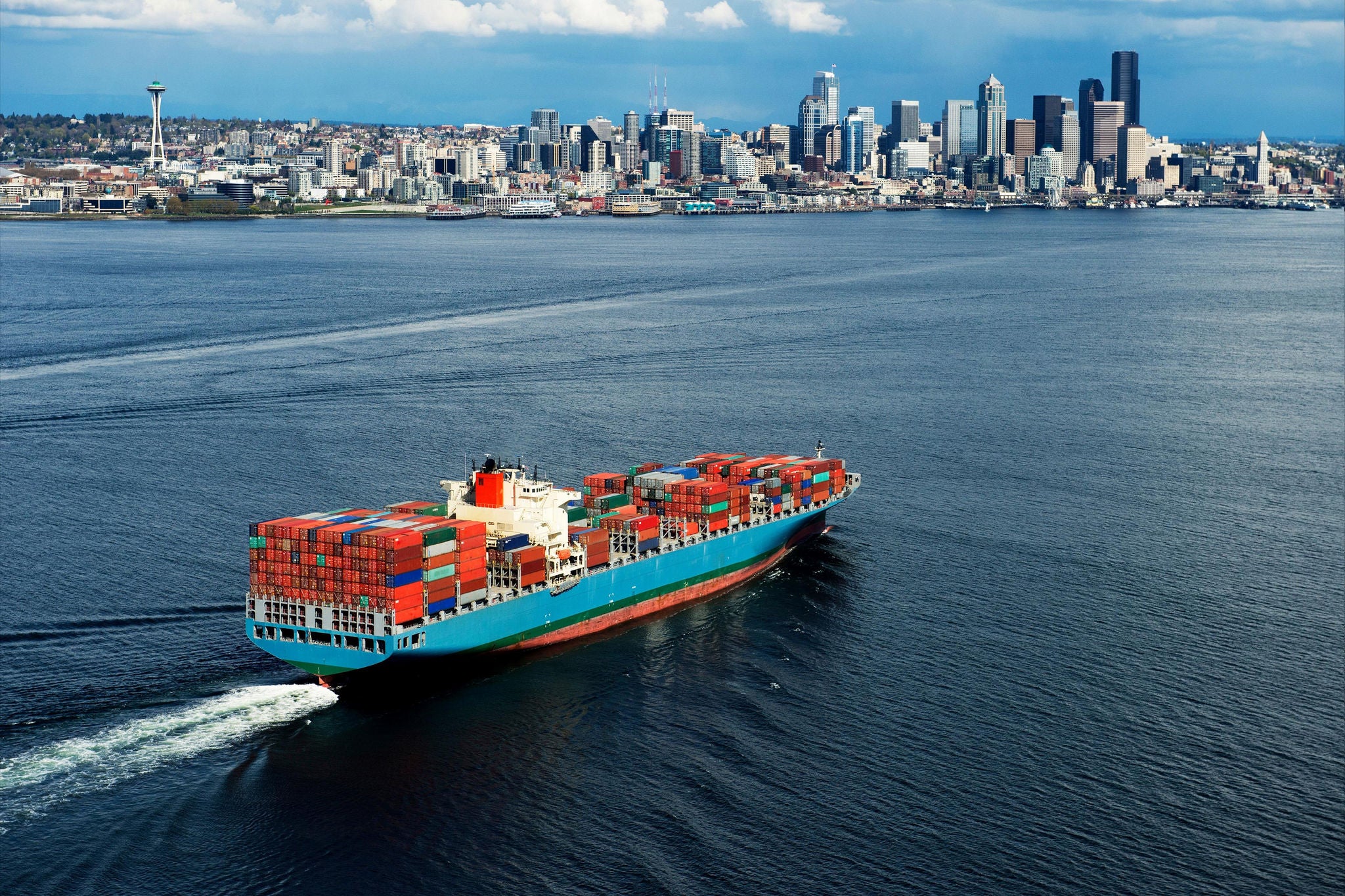The service that resulted from the proof of concept has added significant value for businesses throughout the value chain of marine shipping. Maersk, the end client for insurance services, will benefit directly from more accurate premiums and faster claims processing. Insurers and reinsurers see the accuracy and quality of their data dramatically improved, with automation vastly reducing time-consuming administration.
This frees up employees to develop value-added services and push forward innovative solutions for clients and their own business. The visibility and transparency created by the blockchain-enabled platform generates a greater level of trust between all companies in the value chain, opening the door to more collaboration and innovation.
Beyond the insurance world, there’s no doubt blockchain is rapidly entering the mainstream, with other types of financial institutions around the world beginning to implement services based on the technology. However, understanding of blockchain and its potential is still a major barrier to greater implementation in businesses.
Until recently, the technology was perhaps most-often associated with bitcoin and other digital currencies, but for the insurance industry it’s the flow and visibility of data that makes distributed ledgers and blockchain technology so potentially revolutionary.
Introducing a hugely disruptive technology to any long-established industry with existing databases and relationships will inevitably be challenging. This is why collaborations with Maersk, who are actively looking to drive innovation and identify digital transformation opportunities in their industry, proved so crucial in bringing the platform to fruition.
“We’re disturbing the status quo culturally and all the existing processes that make up that culture,” says Crawford. “Why would the industry want to change and be the first movers? The industry won’t move unless you bring the client to the table.”
The potential of this platform goes beyond specialty insurance and sets a precedent and method for companies and sectors to converge and fuel the next wave of innovation.
“This is not just about insurance,” says Crawford. “It’s about connecting sectors together with convergence around new ecosystems. We’re leveraging shipping data to allow insurers and brokers to create new products and service propositions. What we’re doing with shipping now, we see growing into other sectors.”
The ability of blockchain to create a digital record of a real-world objects lends itself to any sector where there is a supply chain of physical goods – from automotive to aircraft manufacturers to diamonds.
“Businesses should think about a completely new value chain,” explains Crawford. “This is not automating or digitizing an existing system; this is about connecting people, sectors and different industries, and helping them to find ways to disrupt the current model for the benefit of all.”





